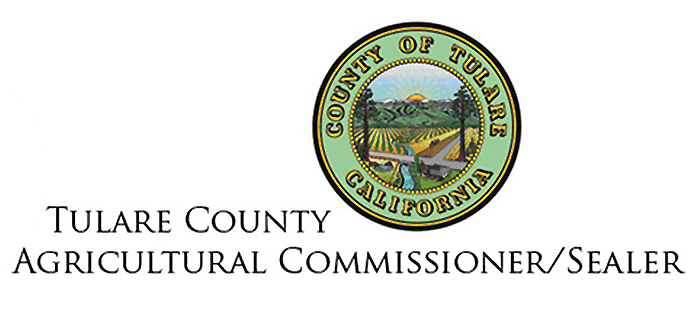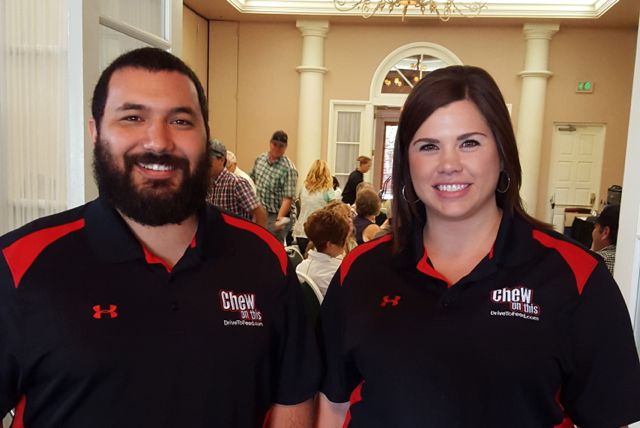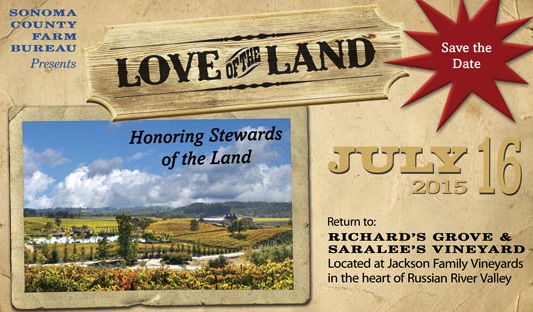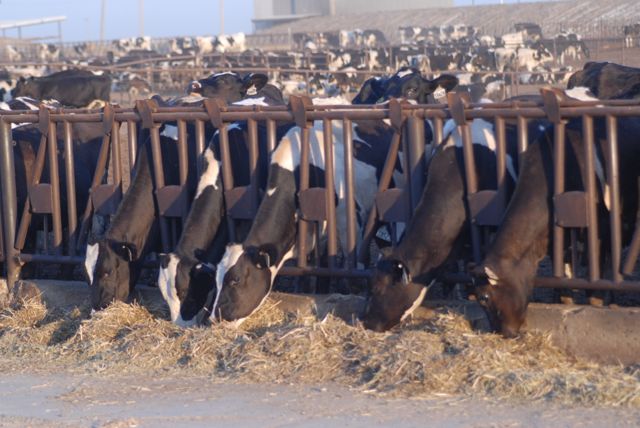Dairyman Xavier Avila on Federal Milk Marketing Order
Continued Federal Milk Marketing Order Hearing Coverage
Kings County Dairyman, Xavier Avila Worked Hard to Get Federal Milk Marketing Order on the Docket
By Laurie Greene, Editor
Xavier Avila, a dairyman in Kings County, is monitoring the USDA Federal Milk Marketing Order (FMMO) Dairy Hearing in Clovis very closely. “Well, I was one of the ones who pushed for it five or six years ago. It’s kind of dear to me to get it done,” he said.
Avila explained, “As a kid growing up in the sixties and seventies, all my family members who were in the dairy business talked about how bad it was before the orders. Milk needs to be picked up everyday, so it it’s really easy to mess the market up if you don’t pick up a guys’ milk or threaten not to pick it up. So the California marketing order was established to bring order to California milk.”
Avila said the California marketing order worked for many years when dairies across the country were making the same amount of money per hundredweight. But prices are not equal now, and California dairy farmers are getting paid much less than those other parts of the country.
“We set up a solution on end-product pricing. Yet in California, the CDFA was not following the rules. If the rules had been followed, we wouldn’t have a need to go to the FMMO,” said Avila. “But CDFA just wouldn’t follow the rules regarding end-product pricing and the USDA does follow the rules; so it is just a simple matter of going with the people who are following the rules.”
“For the past ten years,” Avila said, “our whey prices have been much less than the national whey price, so the California dairy industry has lost billions of dollars.” “It’s really simple. There are six pounds of whey per every 100 pounds of milk. Basically for the last few years, whey was 60 cents/pound. Doing the math, 60 cents times 6 pounds; you come up with a total of $3.60 for the whey in each 100 pounds of milk. With the California Milk Marketing Order, we were paid just 25 cents towards that total and the plant kept the rest. The Federal order is basically the reverse; not quite, but almost the reverse.”
Avila is bullish on the California dairy industry’s conversion to a FMMO. “I think it’s going to happen. Nothing is for certain, but the industry is united. Milk is the same everywhere, and I think it is in California dairy farmers’ hands because we are going to vote on this. Whenever you produce the same product and earn far less for it, it is inevitable that something is going to happen.”
Avila noted it will take some time, “but I knew that from the start, it would not be quick and easy. We are looking at anywhere from one to two years,” Avila said, affirming his belief the California dairy industry can hang on for two years. “We’ve got not choice. Now with the drought, there are other crops you can do better with. Some dairy farmers will leave the business just because they have something better to do than milk cows. So we see this as saving the California dairy industry,” Avila said.
Click here to view Video of Xavier Avila, September 22, 2015.



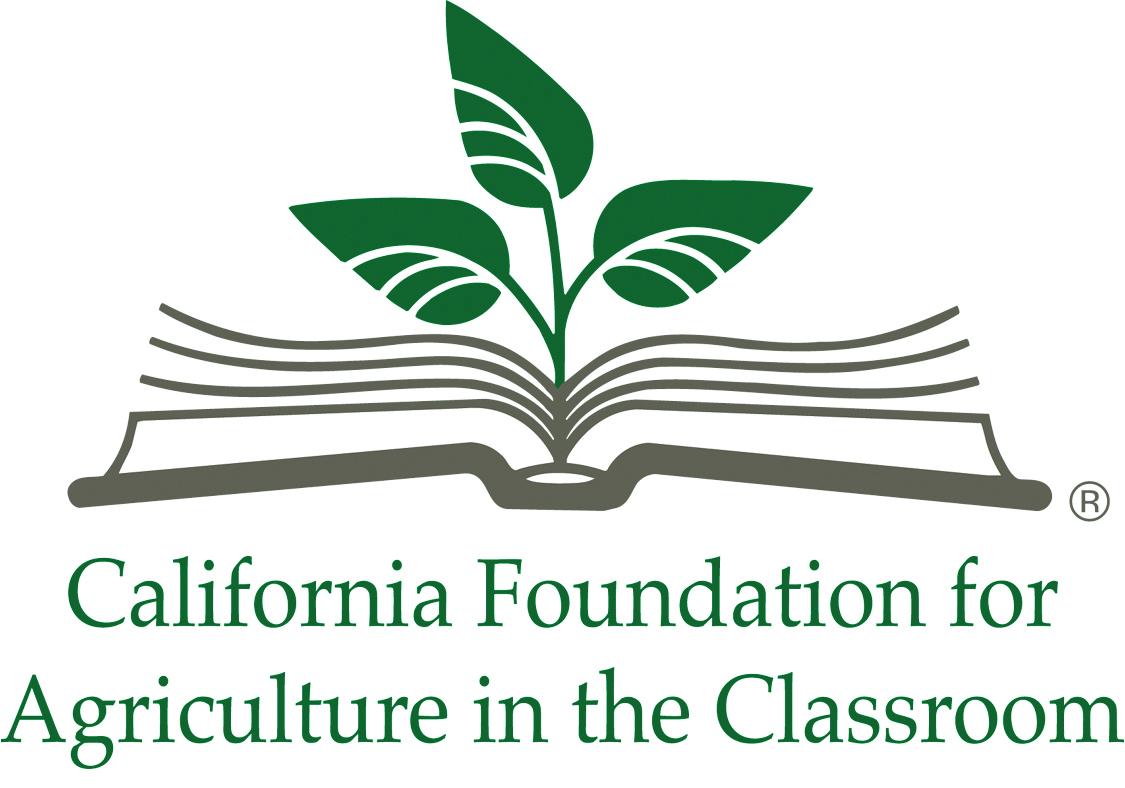
 Kathy Yager, a fifth grade teacher at
Kathy Yager, a fifth grade teacher at  ed consumers in the future.
ed consumers in the future.
 Featured Programs:
Featured Programs: